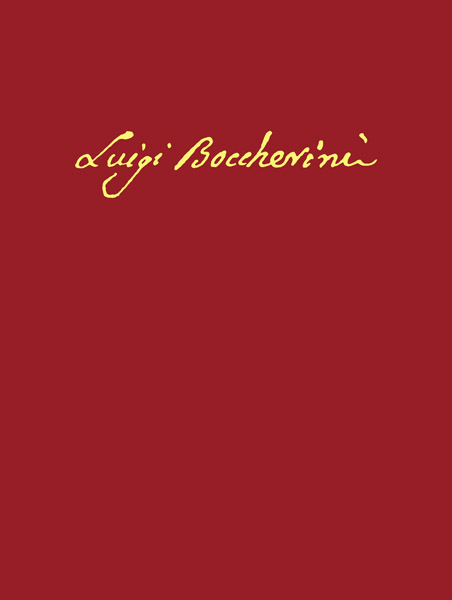Critical Edition by Fulvia Morabito – Massimiliano Sala, Bologna, Ut Orpheus Edizioni, 2022 (LOC 4).
The Concerto in E major by Pietro Antonio Locatelli (Bergamo, 1695 – Amsterdam, 1764) is a work that is not among the authenticated compositions of the Bergamasque violinist and composer.
It is not therefore included among the eight opus numbers known to date that were printed in Amsterdam under the author’s supervision; nor is it mentioned in any of the catalogues compiled by Locatelli himself. It is therefore a work attributed on the basis of documentary and stylistic considerations by the scholar Albert Dunning.
The musical text is derived from a single manuscript source preserved in Dresden, at the Sächsische Landesbibliothek, with the shelfmark Ms. 2458-O-2.
Cross-referencing the available documentary evidence, as reported above, Albert Dunning attributed the Concerto in E major to Locatelli, listing it among the authentic works with the catalogue number Compositions without Opus Number 4.
Structurally, the Concerto is divided into three movements: Andante – Largo – Andante. Stylistically, Dunning judges the Concerto in E to be in line with Locatelli’s methodology, and, in further support of the authenticity of the piece, he points to an affinity between bars 131-140 of the third movement of the Concerto in E and bars 59-66 of the Largo of Locatelli’s Concerto Op. 3 No 9.
Such a small number of bars does not undoubtedly support the phenomenon of self-quotation, which is otherwise commonly evident in Locatelli’s work. One is therefore more inclined to downplay the attributive value of the passage by more prudently attributing the similarities to ‘linguistic’ formulas common to all contemporary Baroque music.
Fulvia Morabito is currently President of the Centro Studi Opera Omnia Luigi Boccherini and President of the scientific committee of the Italian National Edition of Luigi Boccherini’s Complete Works (Ut Orpheus Edizioni). Graduated in musicology from the University of Pavia, she received a M.Mus in piano from the Conservatory Luigi Boccherini, Lucca). In 1994 she joined the editorial staff of the Stichting-Fondazione Pietro Antonio Locatelli (Amsterdam-Cremona) as editor of the Locatelli Opera Omnia. She is a member of the Advisory Board of the Francesco Geminiani’s Opera Omnia (Ut Orpheus Edizioni) and General Editor of the series Monumenta Musica Europea and Studies on Italian Music History (Brepols Publishers). She is also a founder of Ad Parnassum. A Journal of Eighteenth- and Nineteenth-Century Instrumental Music and an editor of the series Ad Parnassum Studies (Ut Orpheus Edizioni). She published 2 monographs on P.A. Locatelli (2009 and 2018) and another on La Romanza vocale da camera in Italia (1997), critical editions, edited volumes, articles, and dictionaries entries.
Massimiliano Sala is currently Vice President of the Centro Studi Opera Omnia Luigi Boccherini and President of the Italian Institute of Applied Musicology. Graduated in musicology from the University of Pavia (Italy), he received a M.Mus in piano from the Conservatory of Cesena. He is President of the Italian National Edition of Pietro Antonio Locatelli’s Complete Works, and member of the Board of the Italian National Edition of Muzio Clementi’s Complete Works (Secretary Treasurer) and the Italian National Edition of Luigi Boccherini’s Complete Works. He is also a founder of Ad Parnassum. A Journal on Eighteenth- and Nineteenth-Century Instrumental Music, General Editor of the series ‘Contemporary Composers’, ‘Music, Science and Technology’ (Brepols Publishers) and Quaderni Clementiani (Ut Orpheus Edizioni), and member of the editorial committee of the series Boccherini Studies (Ut Orpheus Edizioni), His publications include books, critical editions, journal articles and book chapters on eighteenth- to twentieth-centuries music, dictionary entries for Die Musik in Geschichte und Gegenwart 2 and Oxford Bibliographies Online (OUP).












